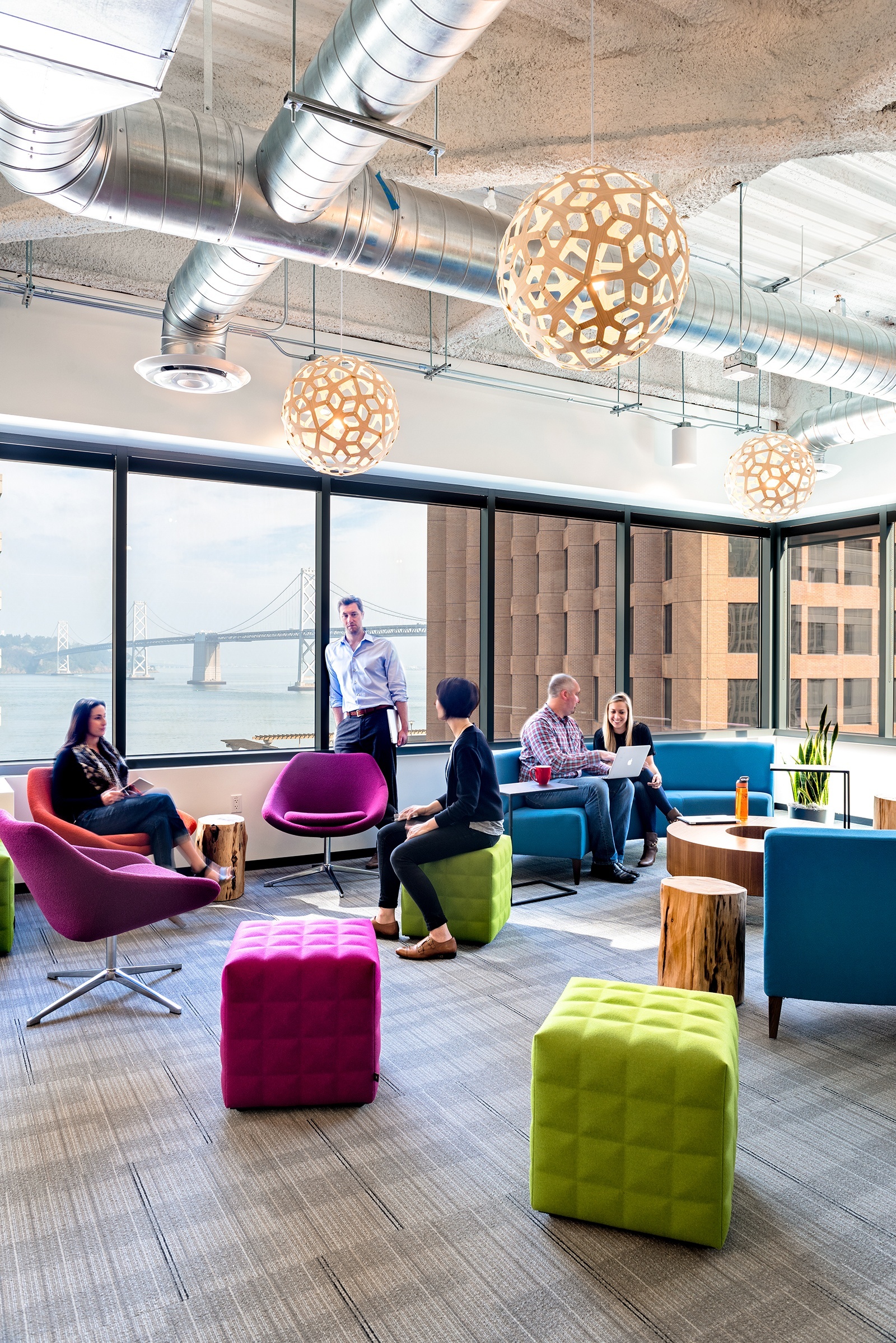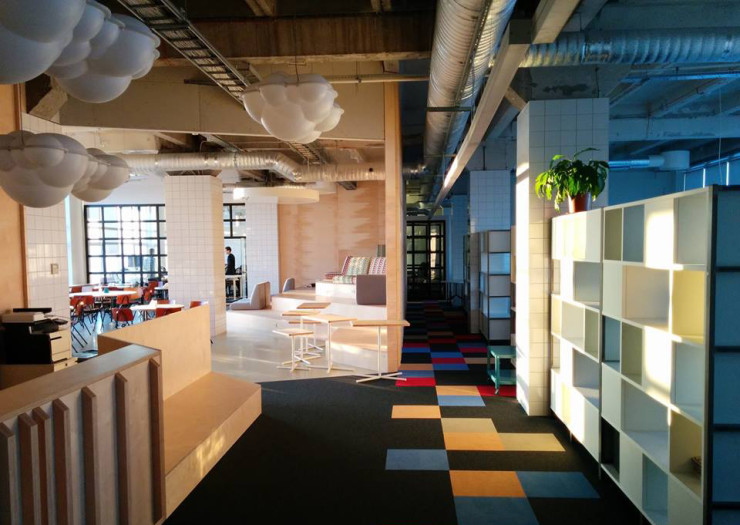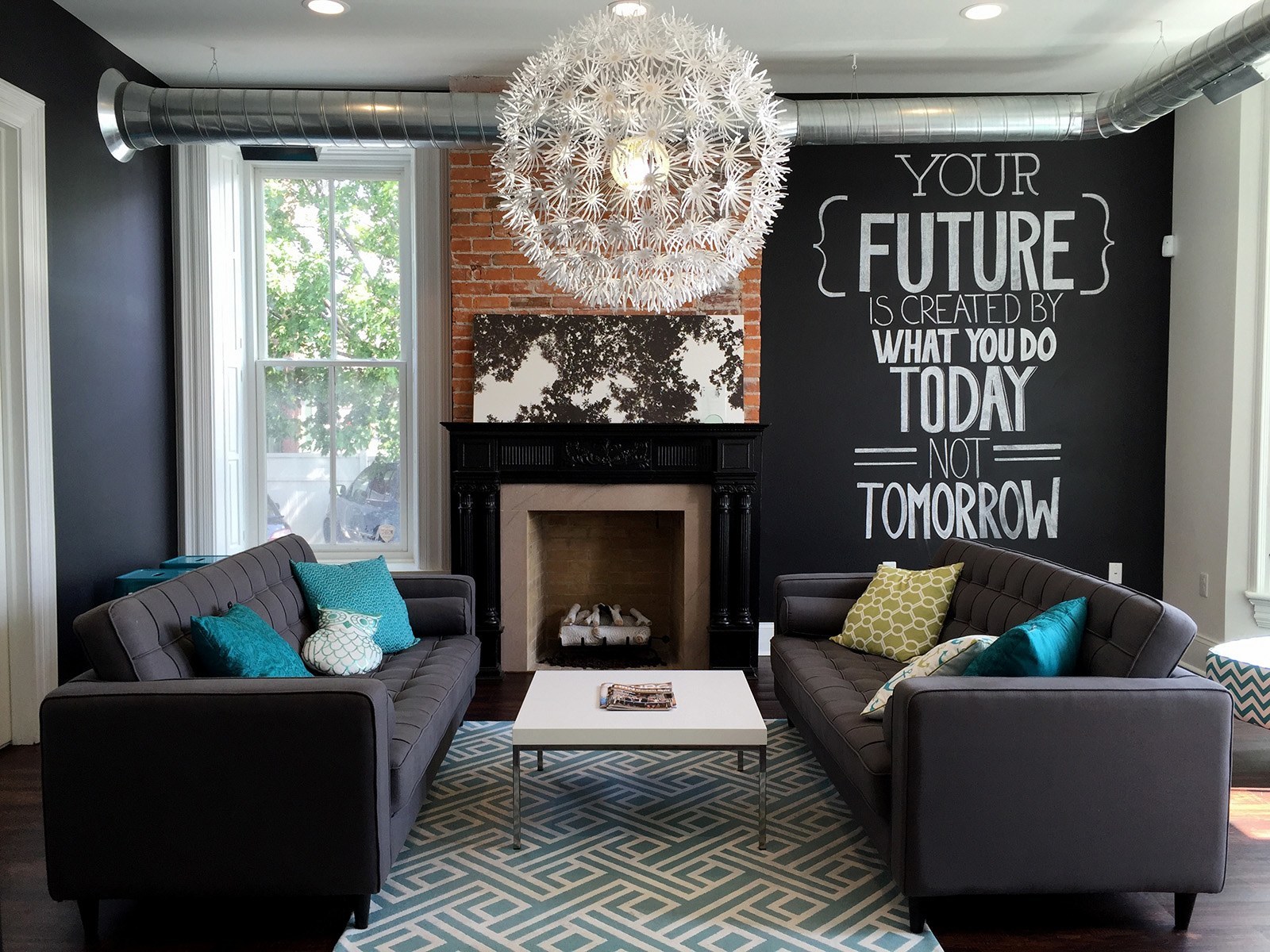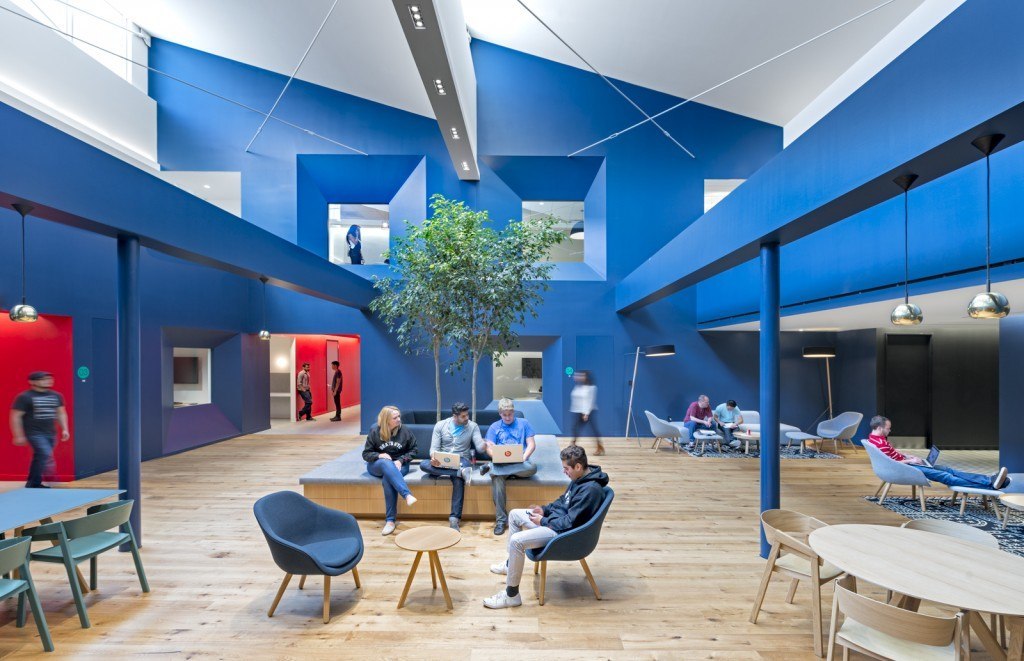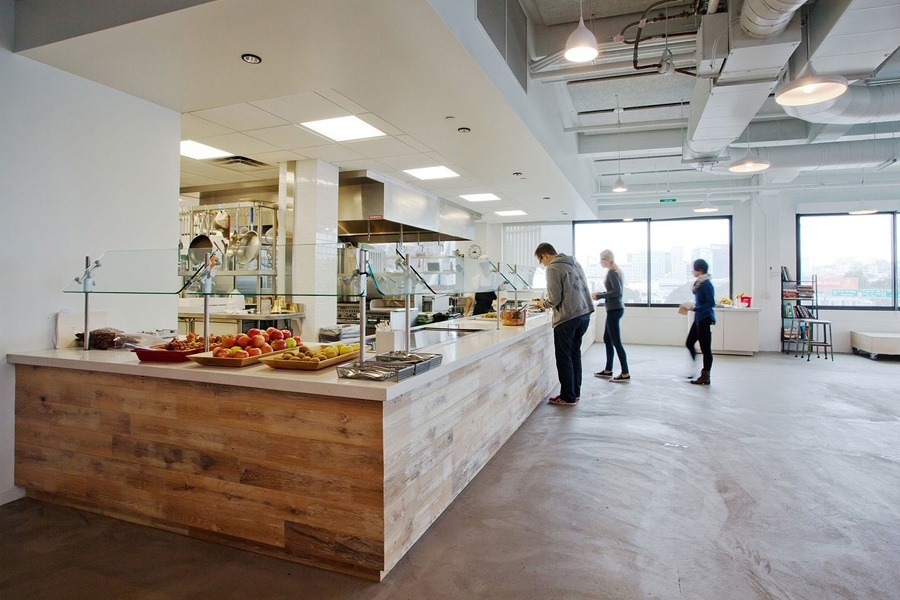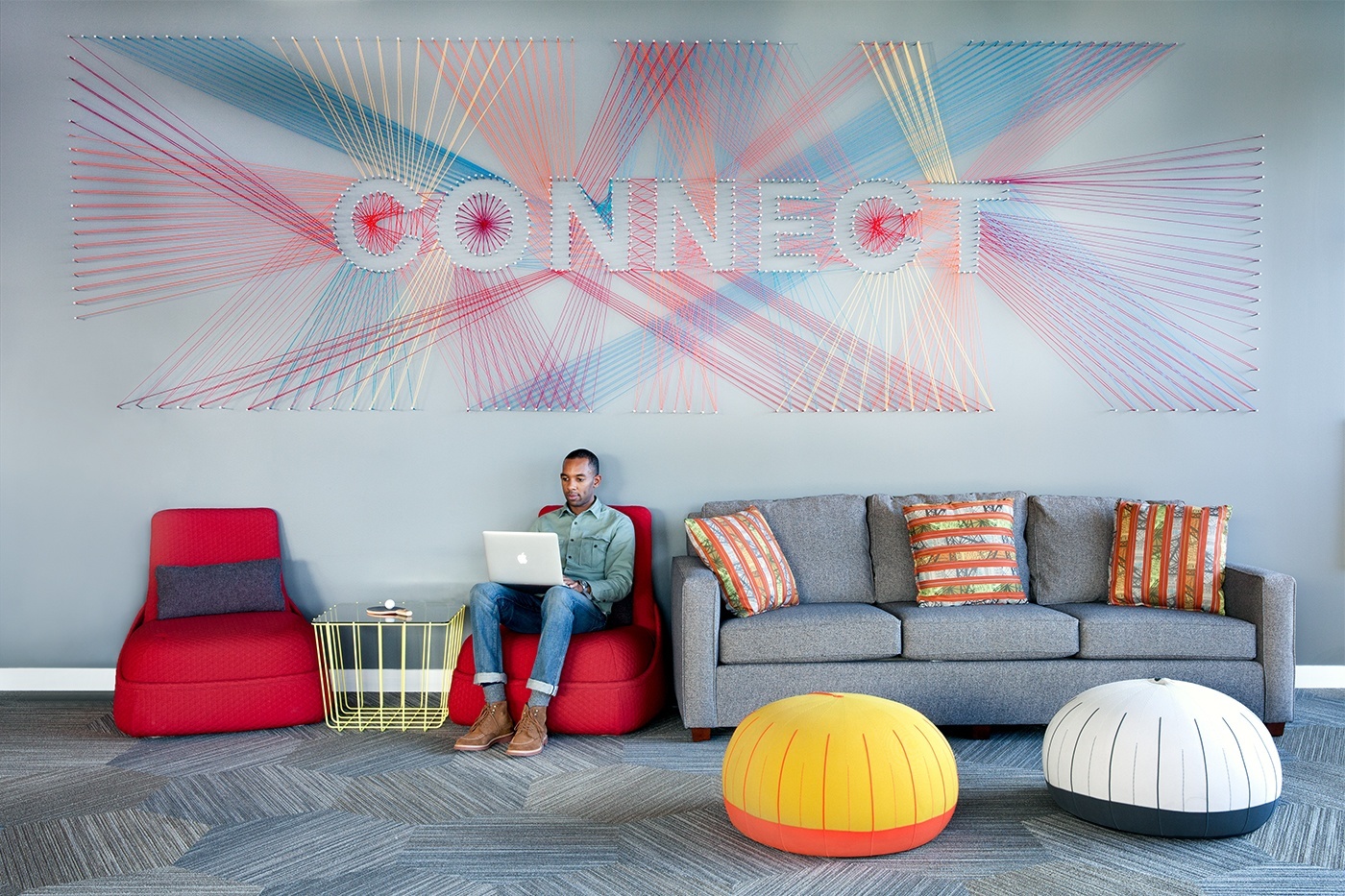
There are an estimated 128.3 million commuters in the United States, and 29 percent of those people drive at least one to five miles to and from work, with 8 percent traveling more than 35 miles one way. Whether you ride the subway, carpool with others or drive your own vehicle, there are some things you can do today to make your next commute to and from work better.
The average time spent commuting to work is 26.1 minutes. That is 52 minutes or more spent in the car each workday. You can do a lot with that time.
- Unleash Your Creativity
- Buy an MP3 player and listen to your favorite music. If you are riding public transportation, do your fellow passengers a favor and use earphones.
- Start writing a book. If you’re riding at least part of the time, you can use a portable keyboard with your smartphone or tablet and type up a book on the subject of your choice.
- Carry a sketchpad with you and draw those around you. Again, this only works if you are not driving.
- Driving? Use your phone’s voice recognition to dictate notes for your administrative assistant to type up later.
- Take the Scenic Route
Tired of the same drive day in and day out? Use your commute to see highlights you might otherwise miss. Map out a route that takes you past sights, such as:
- Old houses that have been refurbished. Nearly every town has a district that is being renovated and brought back to life.
- Beautiful architecture. Research architecture in your city and drive past one unique building each day.
- Do you live in an area with beautiful backdrops, such as mountains, streams or forests? Map out a route that takes you past these locations.
You can use apps to help you plan this route. Inrix XD will help you avoid traffic. Punch in the route you plan to take and then see the different ways to reroute around delays. On the other hand, The Ultimate Drive app will take you on the most beautiful and scenic route.
- Feed Your Hobby
Whatever your passion, you likely don’t have as much time for it as you’d like. After all, hobbies take time and you’re spending a bit of yours commuting. However, you can use your commute time to work on your hobby.
For example, spend the time on the train to browse for model train parts on the Internet or read about a new technique for creating train tunnels in an online forum.
Whatever your hobby might be, figure out how to take it with you, even if only via a mobile device so you can interact with other like-minded individuals. That way you can learn more about your hobby and how to perfect it.
- Earn Some Extra Money
If you have a little extra time before or after work, why not turn your commute into a money-making endeavor?
You can easily sign up for Uber or Lyft and offer rides when you’re available. You’ll help other people out and earn a little extra spending money on the side.
You’ll also learn how these services work. If you’re ever in a situation where you have to commute to work but your car is down, you’ll know which service would work best to help you complete your commute and make it to work on time.
- Get in Some Exercise
If your commute is a shorter one, you may opt to not drive a vehicle at all. One way to get some exercise in is to ride your bike or walk to work.
Just make sure the route you take is friendly to bikers or pedestrians. It doesn’t help you to improve your health only to get run over by a truck.
- Take Along Snacks
There is nothing worse than being stuck in traffic, starving because dinner time has come and gone, and having nothing to eat. Plan the night before and pack some healthy snacks that don’t require refrigeration, such as fresh fruit, nuts and turkey jerky.
- Catch up on Phone Calls
Again, weigh whether or not this is something you can do without irritating others. If you are carpooling or on a train system, then you’ll want to stick to email or another quiet form of communication.
However, if you are driving your own vehicle, then invest in a Bluetooth headset and spend the commute taking care of business calls, or even catching up with family and friends.
- Complete Goal Setting
The commute to and from work is a great time to take a look at your goals for the week, month and even year. Either create a mental checklist or use an app such as Toddledo to figure out what needs to be accomplished and where you are in the process.
If you are able, write out the goals and cross off the items that have been completed.
- Take Personal Time
If you’re like most working people, you’re likely so busy you don’t get a lot of “me” time. Use your commute to work in some time to do things you love.
- Listen to an audio book
- Jam out to your favorite music
- Zone out and enjoy the quiet (with your eyes on the road if driving, of course!)
The key is to tune out any distractions and firmly but politely decline conversation with those around you.
With just a little planning and a few valuable tools, you’ll be able to take back the time you use to commute to and from work. Instead of wasting 26.1 minutes or more each way, you’ll be living every one of those minutes to the fullest and making the most of the time you spend en route.
